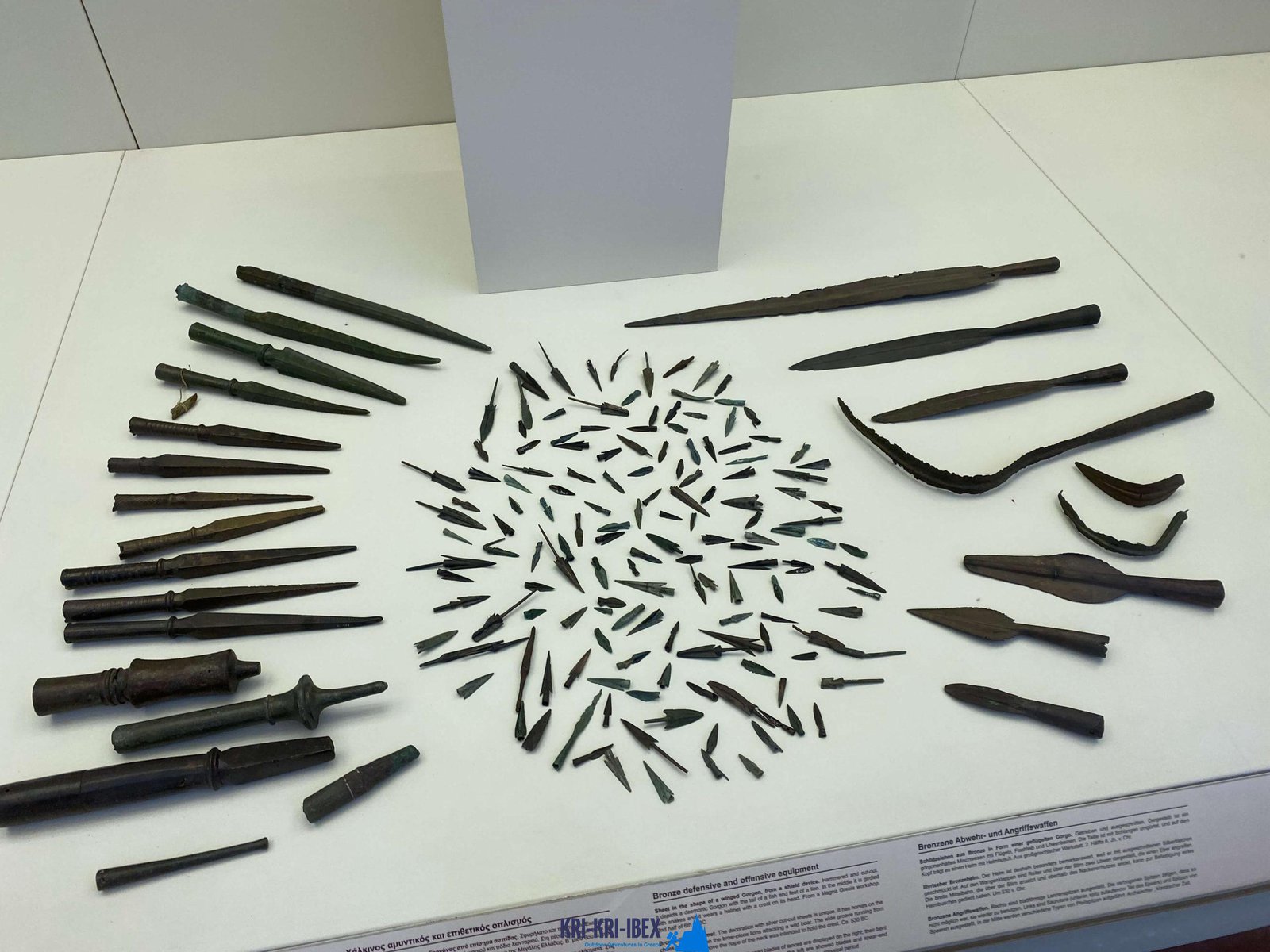Quest the unique Kri Kri Ibex in Greece on Sapientza island.
Quest the unique Kri Kri Ibex in Greece on Sapientza island.
Blog Article

Hunting for Kri Kri ibex in Greece is an amazing trip and also an exciting searching expedition all rolled into one. For the majority of seekers, ibex hunting is a difficult endeavor with miserable problems, however not in this situation! Throughout five days of exploring ancient Greece, diving to shipwrecks, and spearing, you'll come across gorgeous Kri Kri ibex on an exotic island. What else could you desire?

Searching Kri-kri Ibex on Sapientza island can be a tough as well as difficult job. The terrain is sturdy, with sharp, rugged rocks that can quickly leave you shoeless after only two journeys. Additionally, shooting a shotgun without optics can be quite tough. The quest is certainly worth it for the possibility to harvest one of these marvelous creatures.
On our Peloponnese trips, you'll reach experience all that this fantastic region has to offer. We'll take you on a tour of several of the most gorgeous as well as historical sites in all of Greece, including ancient ruins, castles, and a lot more. You'll likewise reach experience some of the conventional Greek culture firsthand by taking pleasure in several of the delicious food and also a glass of wine that the area is known for. As well as naturally, no trip to Peloponnese would certainly be total without a dip in the gleaming Mediterranean Sea! Whether you're a skilled seeker searching for a novice vacationer or a new experience just wanting to explore Greece's spectacular landscape, our Peloponnese tours are best for you. So what are you awaiting? Book your trip today!
So if you are seeking an authentic Greek experience away from the stress of tourism then look no more than Methoni in The Peloponnesos! Our outside hunting for Kri Kri ibex, fishing, free diving as well as visiting Peloponnese trips from Methoni are the perfect way to explore this attractive area at your own speed with like minded individuals. Contact us today to schedule your put on among our excursions.
What is the diference between Kri Kri ibex, Bezoar ibex and hybrid ibex
The kri-kri is not thought to be indigenous to Crete, most likely having been imported to the island during the time of the Minoan civilization. Nevertheless, it is found nowhere else and is therefore endemic to Crete. It was common throughout the Aegean but the peaks of the 8,000 ft (2,400 m) White Mountains of Western Crete are their last strongholds–particularly a series of almost vertical 3,000 ft (900 m) cliffs called ‘the Untrodden’—at the head of the Samaria Gorge. This mountain range, which hosts another 14 endemic animal species, is protected as a UNESCO Biosphere Reserve. In total, their range extends to the White Mountains, the Samaria National Forest and the islets of Dia, Thodorou, and Agii Pandes.
This Ibex is NOT a diminutive form of the Bezoar Ibex, which has migrated into the western-most reach of the range of this species. The kri – kri (Capra aegagrus cretica), sometimes called the Cretan goat, Agrimi, or Cretan Ibex, is a feral goat inhabiting the Eastern Mediterranean, previously considered a subspecies of wild goat. The kri-kri has a light brownish coat with a darker band around its neck. It has two horns that sweep back from the head. In the wild they are shy and avoid tourists, resting during the day. The animal can leap some distance or climb seemingly sheer cliffs.
“The agrimi goat Capra aegagrus cretica is unique to Crete and its offshore islands. It has been identi®ed as a sub-species of the wild bezoar goat Capra aegagrus aegagrus Erxleben, 1777, which it closely resembles in horn shape, body form and coloration. This classi®cation has been disputed by some researchers who claim that the agrimi are feral goats, derived from early domestic stock brought to the island by the ®rst Neolithic settlers. In order to clarify this issue, DNA analyses (cytochrome b and D loop sequences) were carried out on tissue of live and skeletonized agrimi and compared to sequences of wild and domestic caprines. Results conclusively show the agrimi to be a feral animal, that clades with domestic goats (Capra hircus) rather than with wild Asiatic bezoar. This study demonstrates that morphometric criteria do not necessarily re¯ect genetic af®nities, and that the taxonomic classi®cation of agrimi should be revised.”
Report this page